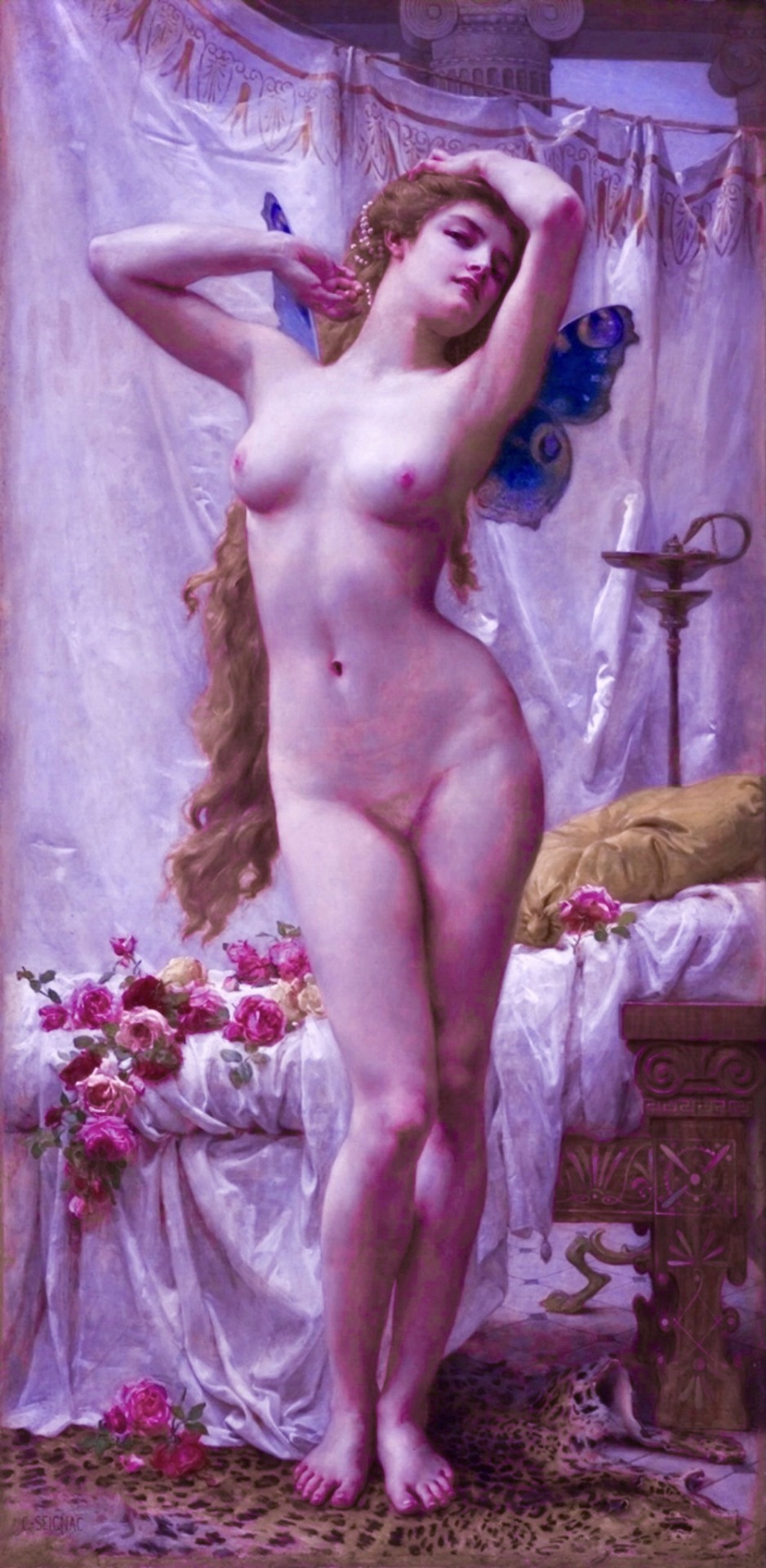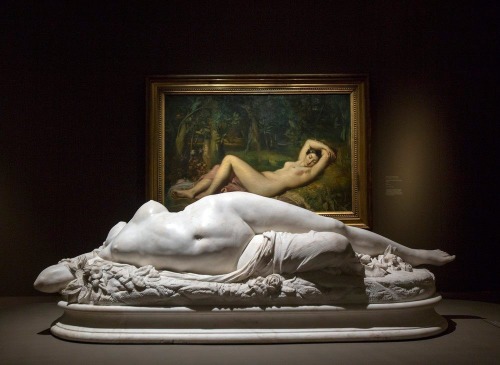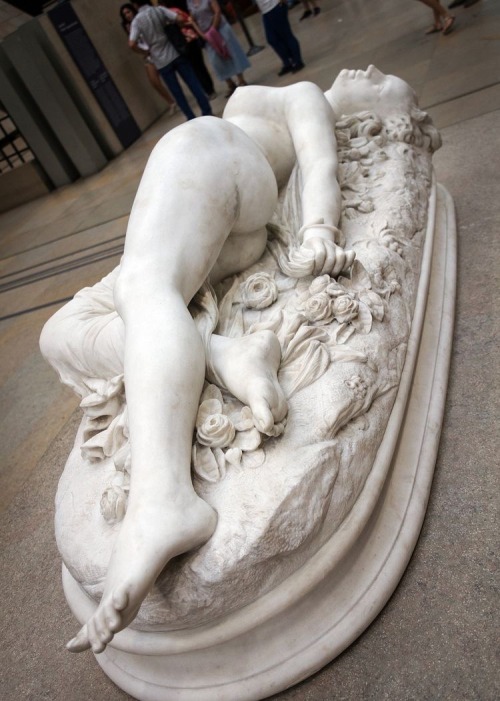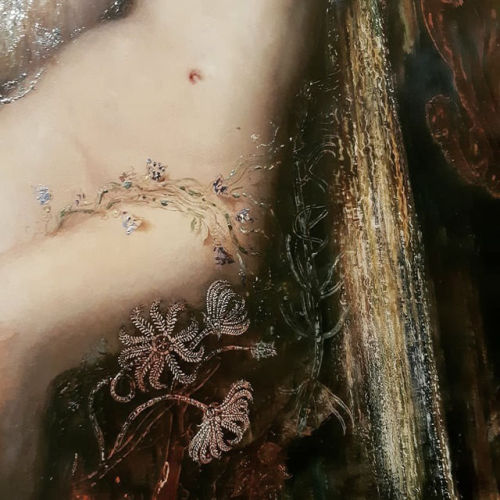
129 posts
Latest Posts by aphrodisiacgoddessart - Page 2

Jupiter and Antiope (Detail), 17th Century - Luca Giordano

The Awakening of Psyche by Guillaume Seignac (1904)
Woman Bitten by a Serpent, 1847, marble, Musée d'Orsay
Jean-Baptiste Auguste Clésinger (22 October 1814 – 5 January 1883) was a 19th-century French sculptor and painter.








Ph. Deborah Turbeville



At the Swan Lake, by Hans Zatzka

Mystical altar


Sweet dreams 😋😋


Hans Zatzka (detail)

Pure flower child.









The Gates of Dawn (1900) by Herbert James Draper (1863 - 1920)
Simon Toll, who believes that this painting contains “one of Draper’s most monumental figures,” points out that artist “preferred to paint Greek legends, but in this case he painted Florrie Bird as Aurora, the Roman Goddess of the Dawn,” and he speculates that Ovid’s description of Eos (the equivalent Greek goddess) may have inspired the artist’s treatment of the subject: “far in the crimsoning cast wakeful Dawn threw wide the shining doors of her rosefilled chambers"
In Roman mythology, Aurōra renews herself every morning and flies across the sky, announcing the arrival of the Sun. She has two siblings, a brother (Sol, the Sun) and a sister (Luna, the Moon). Roman writers rarely imitated Hesiod and later Greek poets by naming Aurōra as the mother of the Anemoi (the Winds), who were the offspring of Astraeus, the father of the stars.
Aurōra appears most often in sexual poetry with one of her mortal lovers. A myth taken from the Greek by Roman poets tells that one of her lovers was the prince of Troy, Tithonus. Tithonus was a mortal, and would therefore age and die. Wanting to be with her lover for all eternity, Aurōra asked Jupiter to grant immortality to Tithonus. Jupiter granted her wish, but she failed to ask for eternal youth to accompany his immortality, and he became forever old. Aurōra then turned him into a cicada out of anger.






